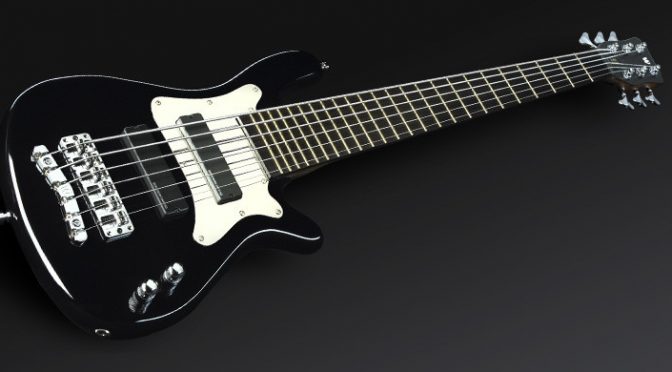Victor Wooten Techniques on 6-string Bass – Bass Practice Diary – 15th May 2018
This week I’m doing something that I don’t don very often, I’m practising slap bass. And I’m learning from the very best by playing excerpts from a book called The Best of Victor Wooten. In this video I’m demonstrating a passage from a piece called A Show of Hands.
Why Use a 6-string Bass? Victor Wooten always plays 4-string basses!
There are two reasons why I’m using my Warwick “Steve Bailey” 6-string bass for this.
The first is that it’s the bass I use on most of my gigs. I usually play finger style but I’m often asked to play slap bass on one or two tunes in a set. So, I need to know that my slap bass chops are ready to go when required. And I need to know I can do it on my first choice gigging instrument. I can’t stop during a gig to switch onto a 4 or 5 string bass. Also, I often need to play slap bass on just one part of a song and finger style on other parts.
The second reason is that many of the transcriptions in The Best Of Victor Wooten, including A Show of Hands are written and were originally performed by Victor Wooten on a 4-string bass tuned A-D-G-C. He calls this his tenor bass. This tuning is the same as the first four strings of a 6-string bass. It’s not possible to achieve this tuning on a standard 4 or 5 string bass without changing the strings or using a capo. My 6-string bass can play all of the transcriptions in the book at the correct pitch. Including all the pieces played on Standard E-A-D-G tuning and the A-D-G-C tenor tuning.
Is it harder to play slap bass on a 6-string bass?
Yes, but the more I practice, the less I notice the difference. There was a time when I used to do all of my slap bass practice on 4-string bass. I didn’t like slapping on the 6-string because the first string, C, felt too small to slap. And it got in the way when trying to pull the second string, G.
I started practising slap bass techniques on my 6-string bass for the reason I outlined above. I was playing 6-string bass on virtually all my gigs and when I was called upon to slap, it felt awkward. My slap bass chops on my 6-string were not where they needed to be.
So I realised I needed to practice slap bass on my 6-string bass. Now I feel comfortable playing slap techniques on my 6-string including on the high C-string. As a result I get all the benefits of extended range that you get from playing a 6-string. I highly recommend learning to slap on a 6-string bass, it might take a bit longer to master but for me the benefits of the extended range and the versatility far out weigh the challenges.

